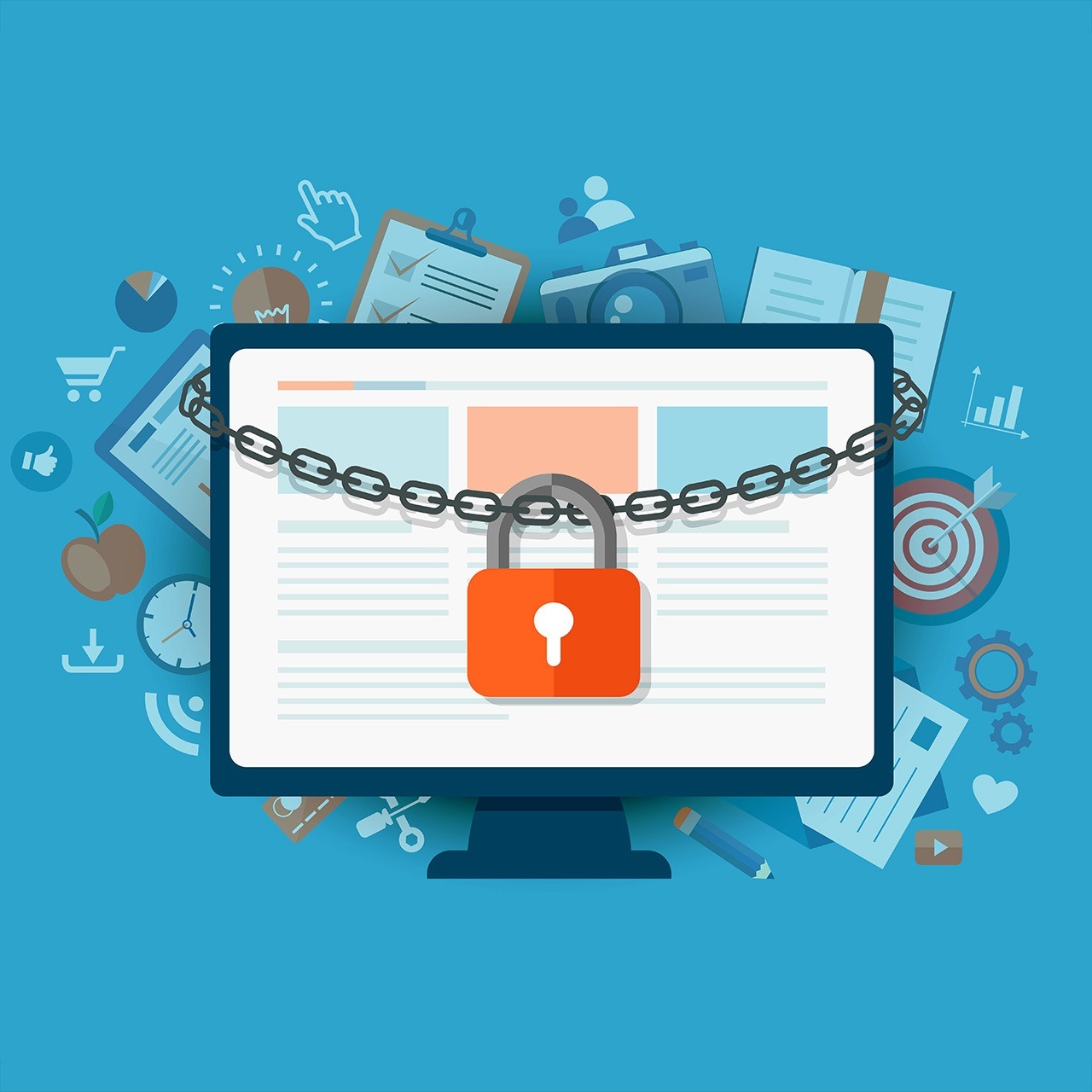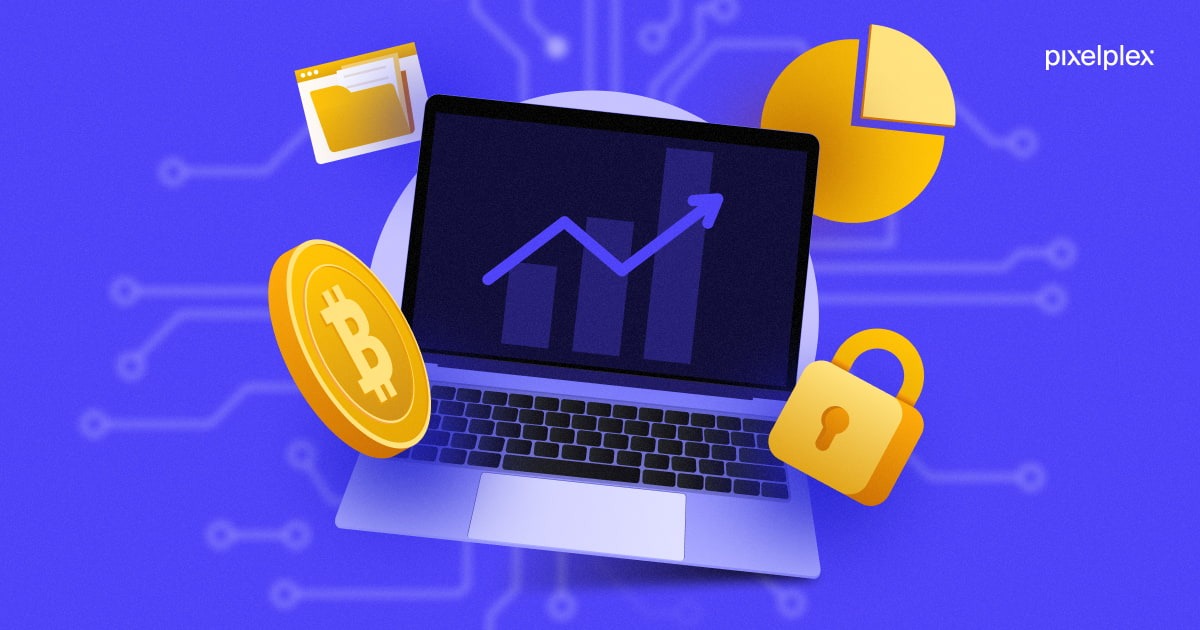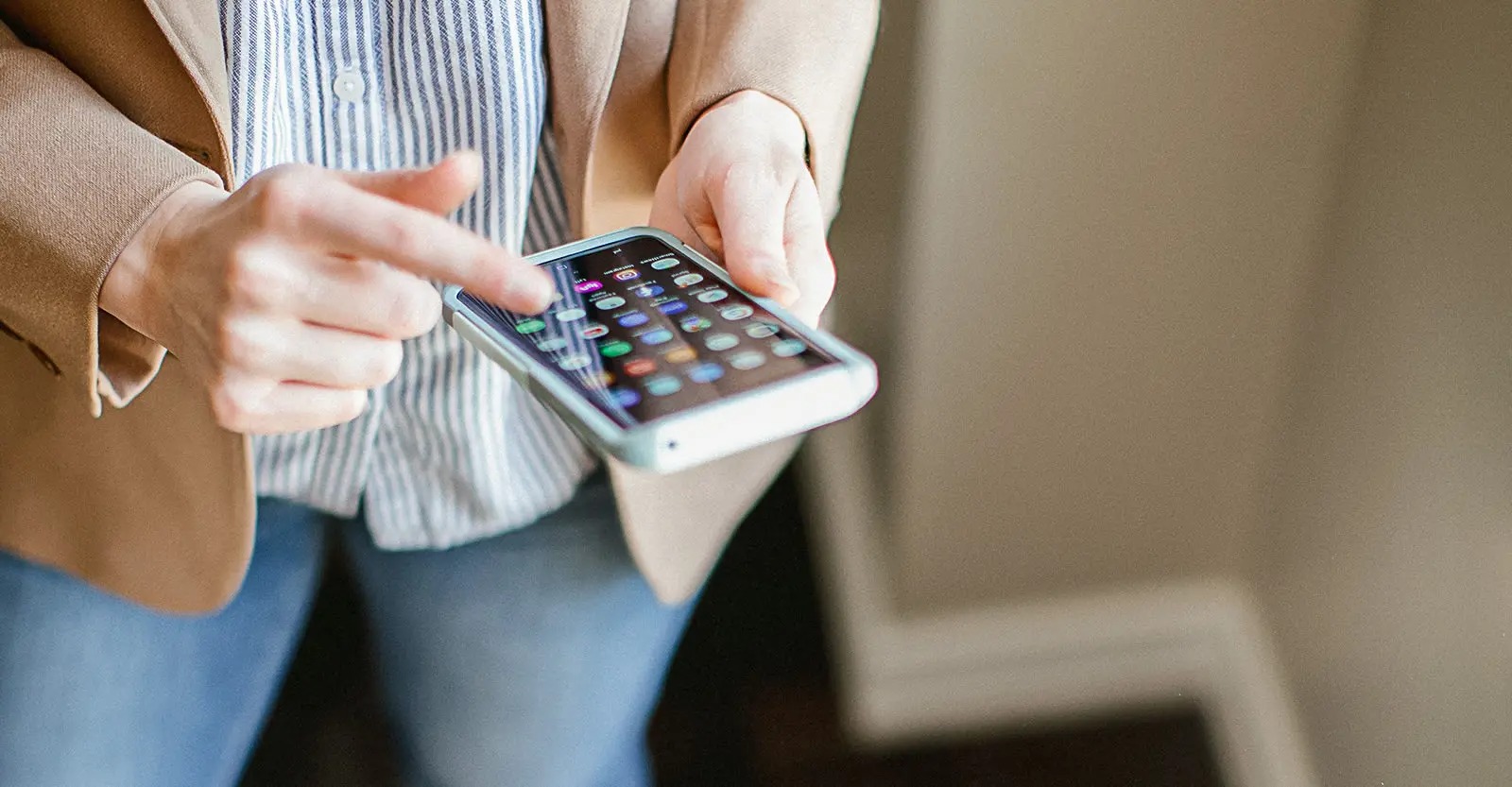1. Todoist — For Task Management That Works
Problem it solves: You keep forgetting tasks, or your to-do list is scattered across sticky notes, texts, and your head.
Why it’s great:
Todoist is a powerful, user-friendly task manager that helps you capture, organize, and prioritize everything you need to get done — from daily chores to long-term goals.
Key features:
-
Natural language input (“Pay rent on the 1st of every month”)
-
Projects, labels, and priorities to group and filter tasks
-
Cross-platform sync (desktop, mobile, web, smartwatches)
How to use it:
Start by listing everything on your mind — no structure needed. Then assign due dates, categories, and priorities. Use recurring tasks for routines like “Water the plants every Sunday” or “Weekly report on Friday.”
Pro tip: Use the Today view every morning to focus on just what’s relevant now — no need to scan your entire list.
2. Notion — For All-In-One Digital Organization
Problem it solves: Your notes, calendars, ideas, and documents are all in different places.
Why it’s great:
Notion is part notes app, part task manager, part database. It’s incredibly flexible and lets you build exactly what you need — whether that’s a personal dashboard, content calendar, reading list, or travel planner.
Key features:
-
Customizable pages and templates
-
Embed everything from checklists to YouTube videos
-
Collaboration for teams or families
-
Kanban boards, calendars, and databases in one place
How to use it:
Start with a template — like “Weekly Agenda” or “Life Wiki.” Add sections for goals, routines, and ongoing projects. It might take an hour to set up, but once you’ve got it running, it’s like a digital command center for your life.
Pro tip: Link pages together to create your own “second brain” — for example, connect your reading list to your notes on each book.
3. Google Calendar — For Scheduling Your Life
Problem it solves: You constantly forget meetings, double-book appointments, or lose track of time.
Why it’s great:
Google Calendar is simple, powerful, and integrates with almost everything. You can schedule events, block off work time, and even color-code different parts of your life.
Key features:
-
Smart reminders and recurring events
-
Shareable calendars for family, friends, or coworkers
-
Integration with Gmail, Zoom, and other tools
-
Goals and tasks built-in
How to use it:
Use different colors for categories (e.g., blue for work, red for personal, green for fitness). Block time not just for meetings, but for focused work, breaks, or even meal prep.
Pro tip: Turn on email summaries of your day — they’re great for planning your morning without opening five tabs.
4. Evernote — For Capturing and Finding Everything
Problem it solves: You take notes everywhere but can never find them when you need them.
Why it’s great:
Evernote is built for fast, searchable note-taking. From lecture notes to meeting minutes to random ideas, it keeps your thoughts organized and accessible across devices.
Key features:
-
Web clipping tool for saving articles
-
Voice notes, checklists, and attachments
-
Powerful search (even inside images and PDFs)
-
Tags and notebooks for categorization
How to use it:
Create a notebook for each area of life: “Work,” “Personal,” “Travel,” “Ideas.” Use tags like #urgent or #followup to keep things filterable. Clip helpful articles or receipts directly from your browser.
Pro tip: Use Evernote’s mobile widget to capture ideas on the go without opening the full app.
5. Trello — For Visual Project Planning
Problem it solves: You struggle to track progress on multi-step projects or collaborate with others.
Why it’s great:
Trello uses a Kanban board layout — think digital sticky notes that you can move across columns like “To Do,” “Doing,” and “Done.” It’s perfect for organizing big-picture tasks and collaborative projects.
Key features:
-
Drag-and-drop interface
-
Card details: checklists, due dates, attachments
-
Power-ups for calendar views, automation, and integrations
-
Great for teams and solo users alike
How to use it:
Create a board for a specific goal — say, planning a wedding, launching a product, or organizing a home move. Break tasks into cards and move them as you progress. Invite collaborators so everyone’s on the same page.
Pro tip: Add checklists within cards for subtasks — e.g., inside “Plan birthday,” include “Send invites,” “Order cake,” “Buy decorations.”
Final Thoughts: Start Small, Stay Consistent
You don’t need to use all five apps — in fact, that can be overwhelming. The goal isn’t more tools — it’s the right tools for you. Pick one or two to start with based on your needs:
-
Todoist for clear daily focus
-
Notion for flexible long-term planning
-
Google Calendar for managing your time
-
Evernote for capturing everything
-
Trello for project tracking
Key takeaway: Organization isn’t about perfection — it’s about having systems that support your goals, reduce stress, and give your brain space to think. With the right app (or two), you can stop scrambling and start leading your day with clarity.
So go ahead — pick one app, set it up, and enjoy the calm that comes with finally feeling in control.







